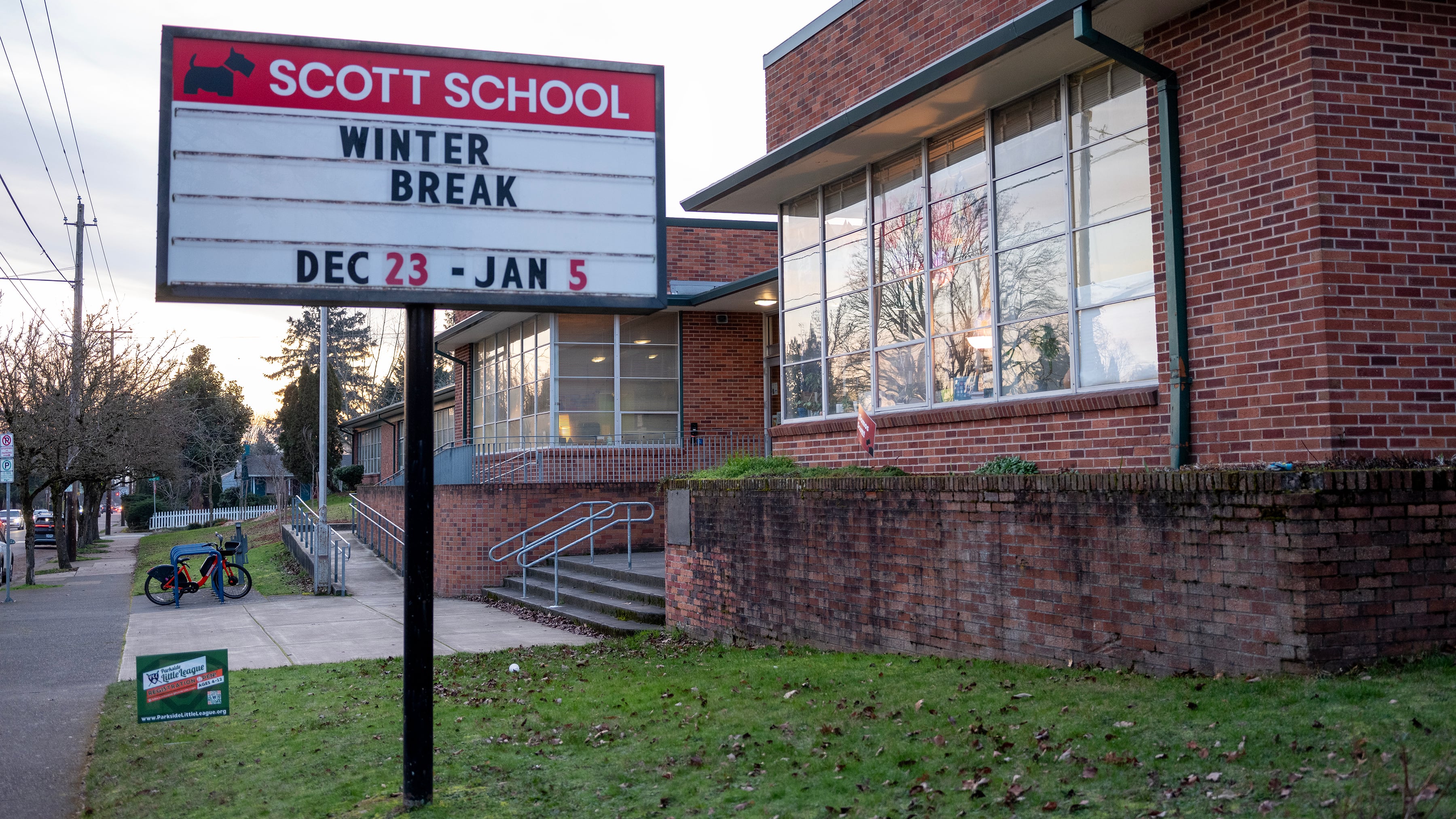A Portland Public Schools staff memo on required instructional time for its students includes a future consideration for the School Board that’s sure to ruffle some feathers.
The memo proposes the School Board might vote to consider an exemption that would count up to 30 hours of teachers’ professional development time as instructional time for students—about a week of instructional time. (Professional development time is often used by educators to undergo training for new skills or otherwise receive support.)
The memo’s author, Kristina Howard, is the district’s senior chief of academics.
At a recent press conference, Oregon Department of Education director Dr. Charlene Williams said Oregon’s students see some of the shortest school years in the nation, a problem she highlighted while presenting rather stagnant state testing results. The state’s minimum required instructional hours are also below the national average.
The staff memo notes that the exemption, if floated to the School Board, would not intend to reduce instructional hours. Rather, it “would provide a proactive tool and calendar flexibility mechanism for the district” if there were unforeseen calendar interruptions like weather- or facilities-related closures.
“This measure ensures the district can maintain compliance with instructional minutes without resorting to extending the school year, which can necessitate significant, unplanned expenditures and logistical adjustments.”
The memo went in front of School Board members on Tuesday night as part of a broader presentation on Division 22 standards, a series of requirements that ODE asks school districts to certify compliance with. There was no official vote scheduled on the proposal to count up to 30 professional development hours as instructional time. (The 30-hour exemption is state approved, but would require School Board approval to take effect in the district. The memo notes this may be something for “future consideration” for the board in the 2025–26 academic year.)
Still, board member Stephanie Engelsman voiced concerns about the possibility of a vote on the exemption coming to the table.
“We already have kids who have the bare minimum, and they should reach that. They should not be asked to count time when they’re at home or with the babysitter…as instructional time because it’s teacher professional time and there’s no butts in seats,” she said. “I hope we’re never asked to say that counts as instructional time.”
PPS reported that it had met the minimum instructional hours required by the state last year. Those are 900 instructional hours for grades K–8, 990 hours for grades 9–11, and 966 hours for grade 12. Cleveland High School was the lone school that did not meet minimum instructional hours (at least 80% of students at all schools must meet the state-required hours).
Cleveland’s numbers were at 79%, which district officials attributed to seniors at the school who may have scheduled part-time course loads because they’d undertaken harder classes or had already completed their graduation requirements and could afford to take lighter loads.
In response to Engelsman’s concerns, Howard said the information in the memo was meant to give a holistic overview of what ODE allows regarding instructional time. “We just wanted to make sure that you had what is allowable too, all in the same place, [so] that you could see that,” she said.

